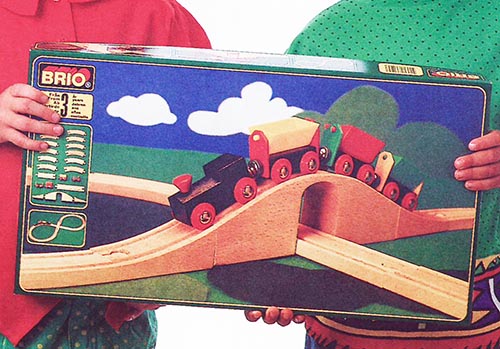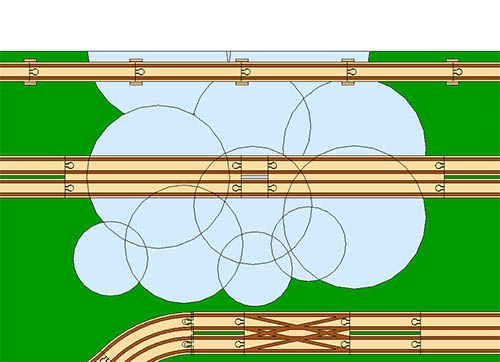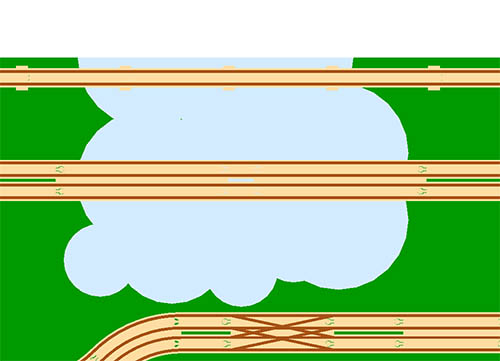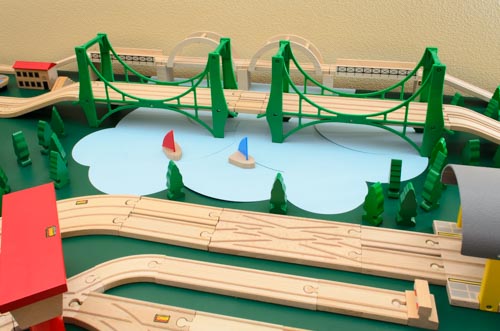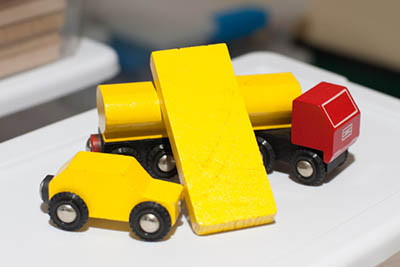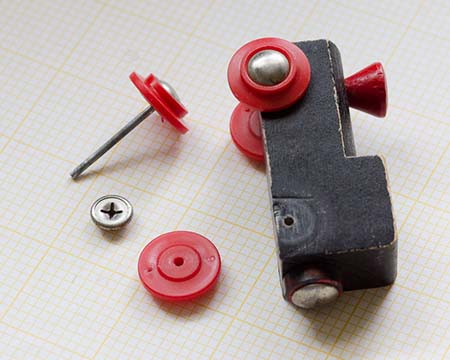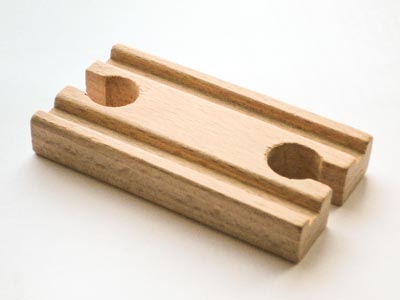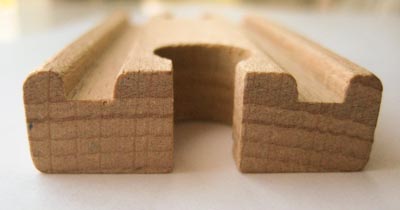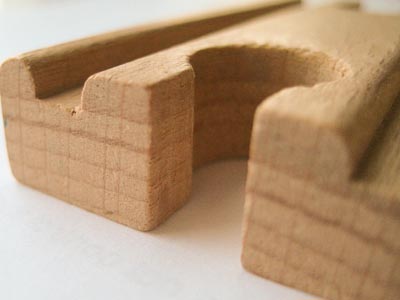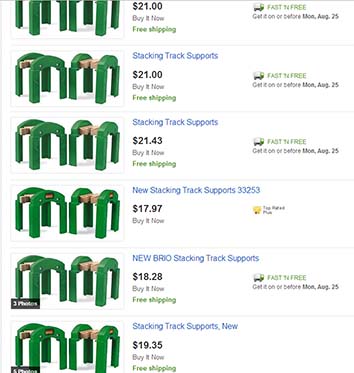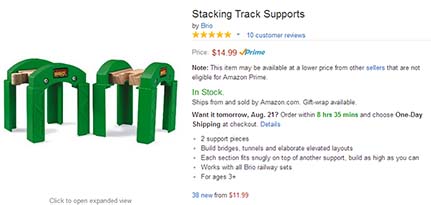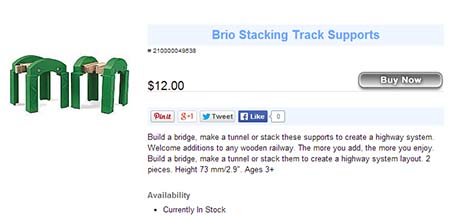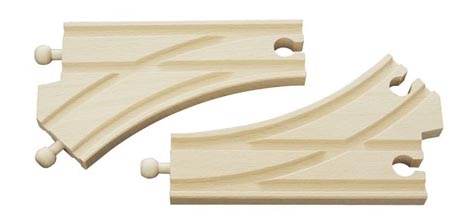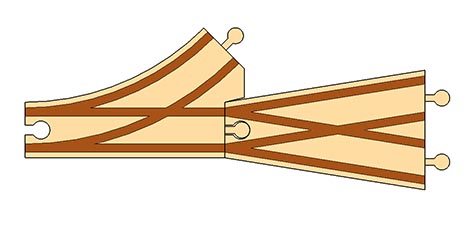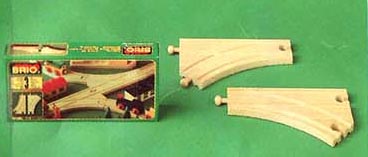If you look at a BRIO catalog from 1980 you will see that each product has two product numbers, one of the form NNNN and one of the form NNNNN-NN. For example, the original Tunnel is listed like so:
3362 31405-12
Tunnel.
Neither of these numbers appears to be related to the another, though the four-digit number 3362 is nearly identical to the modern, five-digit product code for the Tunnel which was 33362. Jump to 1983, and the product codes show yet another variation. While the four-digit product code hasn’t changed, the five-dash-two product code adds a prefix, giving a final form of N-NNNNN-NN. Returning to the Tunnel, the product code was given as:
3362 4-31405-12
Why are there some many product codes, and what do they mean?
To answer this, we have to go back to the original BRIO wooden railway product which was first sold in 1957. Back then, it was called the BRIO Miniature Railway, and it was given the product code 31405. The Miniature Railway was just one of several BRIO products, and it did not have the extensive list of accessories that are present today. It was just a single product, sold under the code 31405.
As the popularity of the wooden railway grew, BRIO began to add accessories. Rather than give each of these items its own product code, they were given a sort of subcode: a two-digit suffix appended to the wooden railway code. The Tunnel, #31405-12, was accessory 12 in the 31405 product line, and thus, the NNNNN-NN code system was born. The catalog sheet from the mid-1960’s shows the accessories that were available for the wooden railway system at the time—it was still called the Miniature Railway at that point—all under the 31405 master code. (Note that back then, the codes were actually given the form NNNNN/NN instead of NNNNN-NN.)
In 1980, and possibly earlier, BRIO began the transition to a unique 4-digit product code for all products. This is more speculative, but it appears that BRIO had a transition period of several years where they used both the new and old product codes in catalogs. Whether this was to give BRIO, retailers, distributors, or all three sufficient time to transition their computer systems and records to the new numbering is unknown. What is really strange, however, is the 1983 catalog sheet that introduced the prefix code while the 4-digit code transition was still in progress.
In 1983, there were two prefix codes: 4- and 7-. The 4- prefix wes used for traditional accessories and wes paired with the 31405 base code, but the 7- prefix wes used for starter sets and was paired with the 31404 base code, and given a unique suffix code. Even the “original” Miniature Railway boxed set, 31405, was renumbered to 7-31404-50. Some of the 7-31404 codes (with descriptions, as the starter sets were not given unique names back then) were:
- 3115 7-31404-20 Circle set
- 3125 7-31404-25 Figure-8/viaductset
- 3145 7-31404-50 Original miniature railway set
In 1984, BRIO completely dropped both the old product numbering scheme and the prefixes, and adopted the 5-digit product code that we see today. The 5-digit code was created simply by taking the 4-digit code and prefixing it with a “3”. So the Tunnel, 3362, became 33362, the Circle set 3115 became 33115, and so on.
While these new 5-digit codes are guaranteed to be unique in a given catalog year, a few of them were recycled over time so product numbers are not unique throughout all time. Code #33379, for example, was used for both the Quay-Berth accessory from the mid-1980’s and the Small Town set from the mid-1990’s.
There are still a lot of unanswered questions, namely why BRIO made so many changes in the early 1980’s, but this should explain how these product codes evolved over time, and where they originated.
